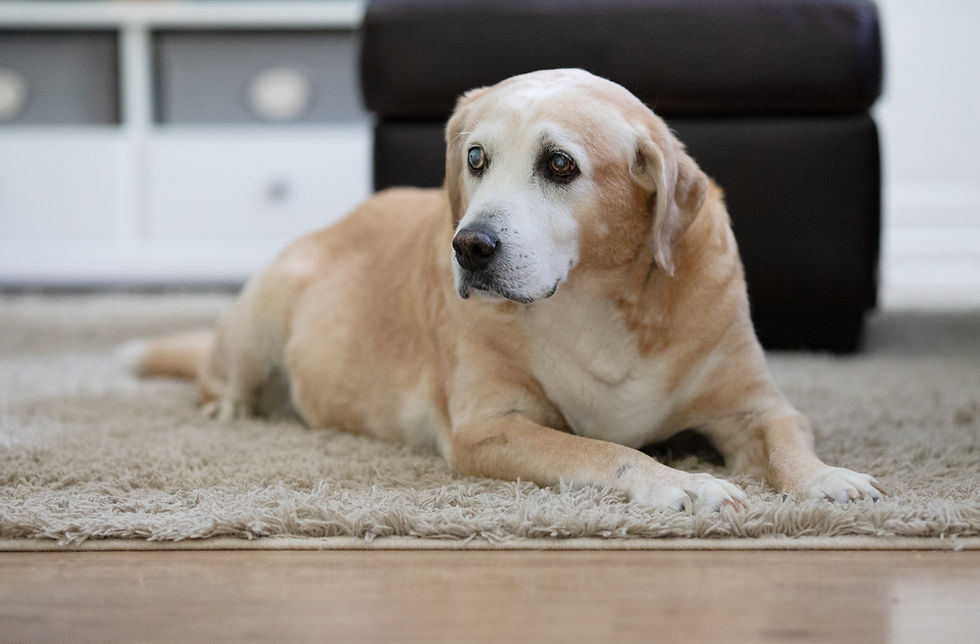The Grief Process
- kippyflur
- Jul 21, 2019
- 3 min read
Dr. Wolfelt explains that all pet owners experience the following six needs after a beloved pet dies.

Finding ways to help yourself meet these needs will help you reconcile your grief and move toward healing.
NEED 1. ACKNOWLEDGE THE REALITY OF YOUR PET'S DEATH
Whether the death of your pet was sudden or anticipated, acknowledging the full reality of the loss may take weeks or months. You may come home still expecting your pet to greet you at the door. You may wake up still expecting your pet to be there, as always, at your bedside. You may reach down to stroke your pet only to find he or she is no longer there. Getting used to the idea that your pet is gone will take some time. You may move back and forth between protesting and embracing the reality of the death. You may also find that while your head fully understands the death, your heart needs more time and compassion in acknowledging the reality.
NEED 2. MOVE TOWARD THE PAIN OF THE LOSS
Experiencing your thoughts and feelings about the death of your pet, with all of their intensity, is a difficult but important need. You may find that you are trying to distract yourself from your pain by keeping busy or avoiding the places that most remind you of your pet. While you cannot — and should not try to — confront all of your pain at once, neither should you try to avoid it. “Dose” yourself with your painful feelings of grief. Let them in, a little bit at a time. Allow yourself to cry. Be sad when you feel the need to be sad.
NEED 3. CONTINUE THE RELATIONSHIP WITH THE PET THAT DIED THROUGH MEMORY
Do we still have a relationship with a pet that has died? Our memories allow our pets to live on in us. We can revisit those memories whenever we want, simply by opening our hearts and turning our mind’s eye to the past. Embracing your memories — both happy and sad — can be a very slow and, at times, painful process that occurs in small steps. But remembering the past makes hoping for the future possible.
NEED 4. ADJUST YOUR SELF-IDENTITY
Part of your self-identity comes from being a pet owner. You probably think of yourself as your pet’s caretaker. You may also consider your pet a big part of what makes your life complete. Others may also think of you in relation to your pet. You may be the guy who always walked the big black dog around the neighborhood or the friend whose cat always jumped on laps. Now that your pet has died, the way you define yourself and the way others define you has changed. Adjusting to this change is a central need of mourning.
NEED 5. SEARCH FOR MEANING
When a pet dies, we naturally question the meaning and purpose of pets in our lives. Coming to terms with these questions is another need we must meet if we are to progress in our grief journeys. Why did God give us pets? Why do many of them only live such a brief time? What happens to pets after they die? Will I ever be ready to love another pet? Move at your own pace as you allow yourself to think and feel through these kinds of questions and know that it is the asking, not the finding of concrete answers, that is important.
NEED 6. CONTINUE TO RECEIVE SUPPORT FROM OTHERS
You will never stop needing the love and support of others because you never “get over” your grief. As you learn to reconcile your grief over the death of your pet, you will need help less intensely and less often, but you will always need your friends and family members to listen and support you in your continuing grief journey. Talking to other pet owners who have experienced the death of a pet can be one important way to meet this need.








